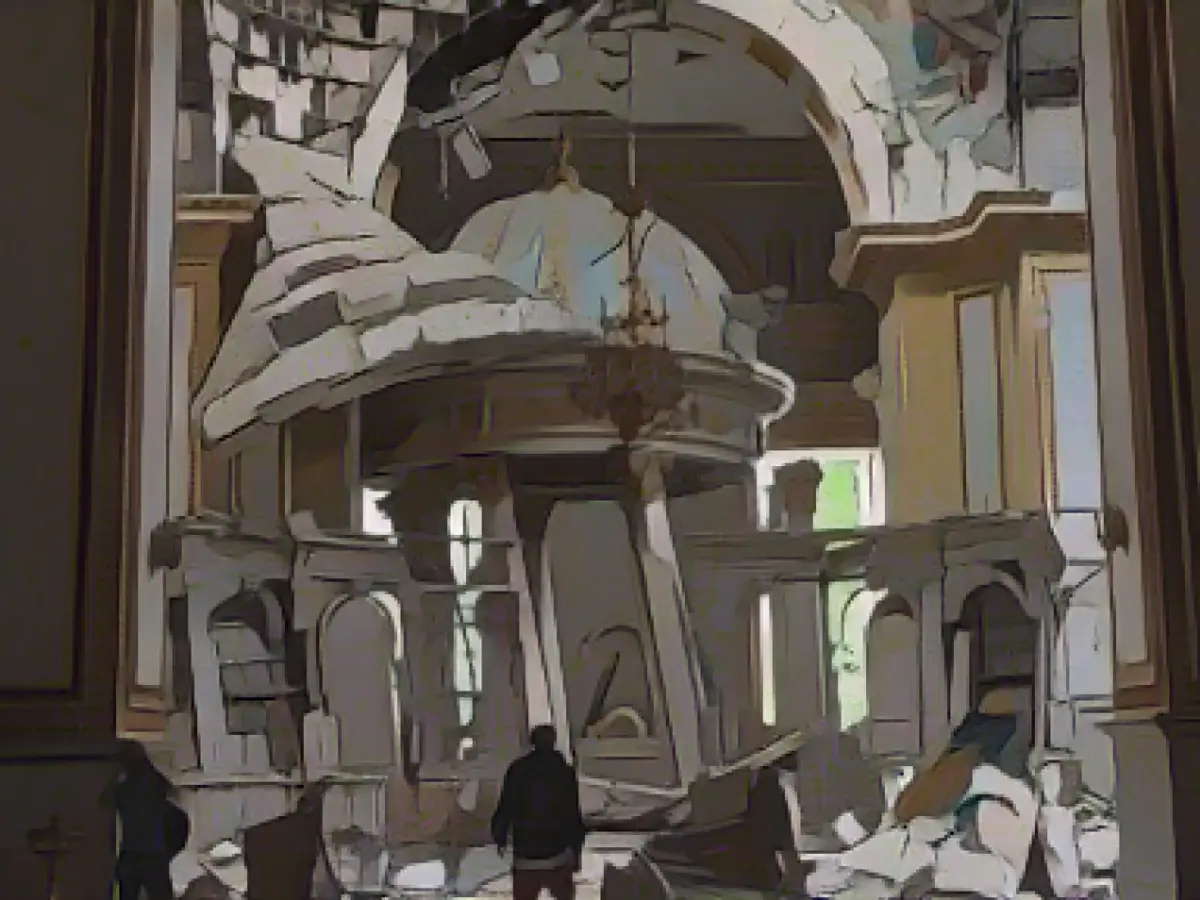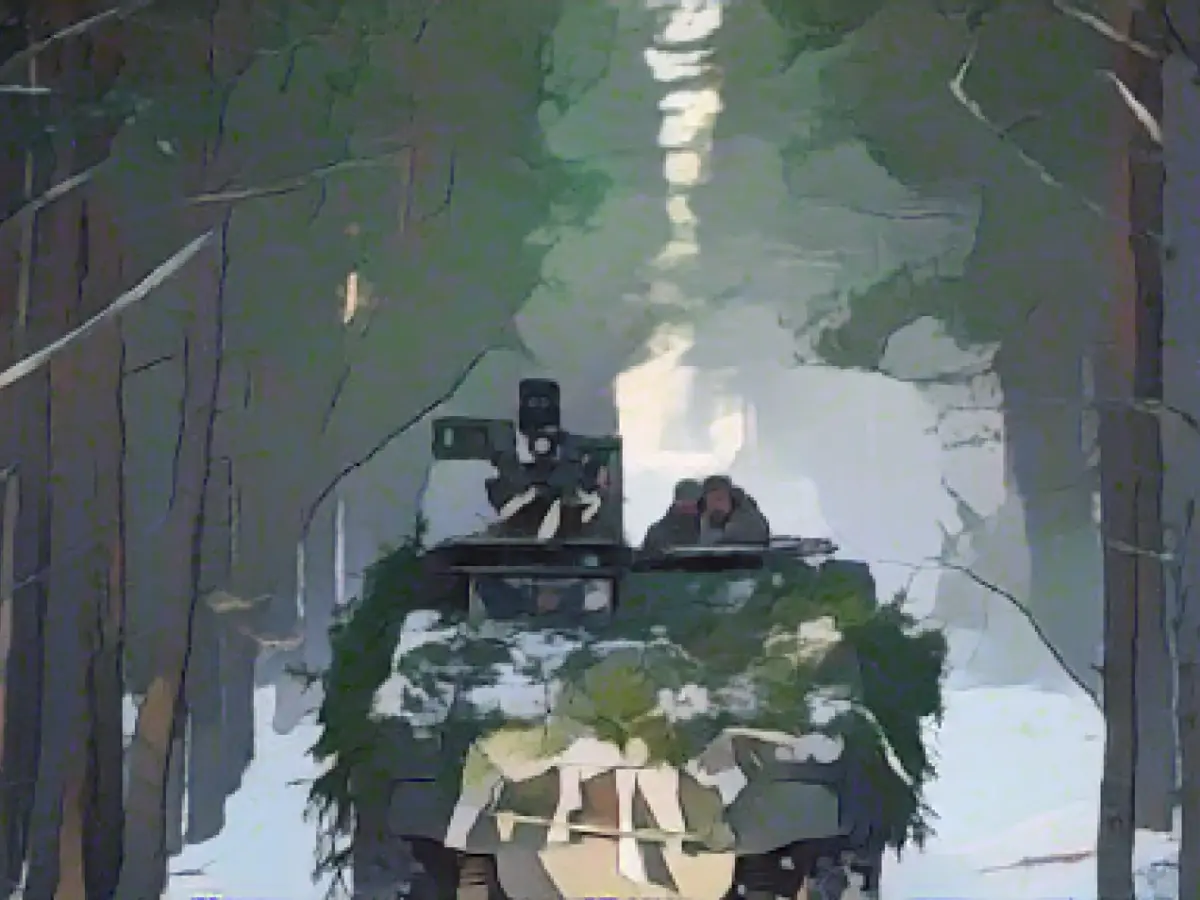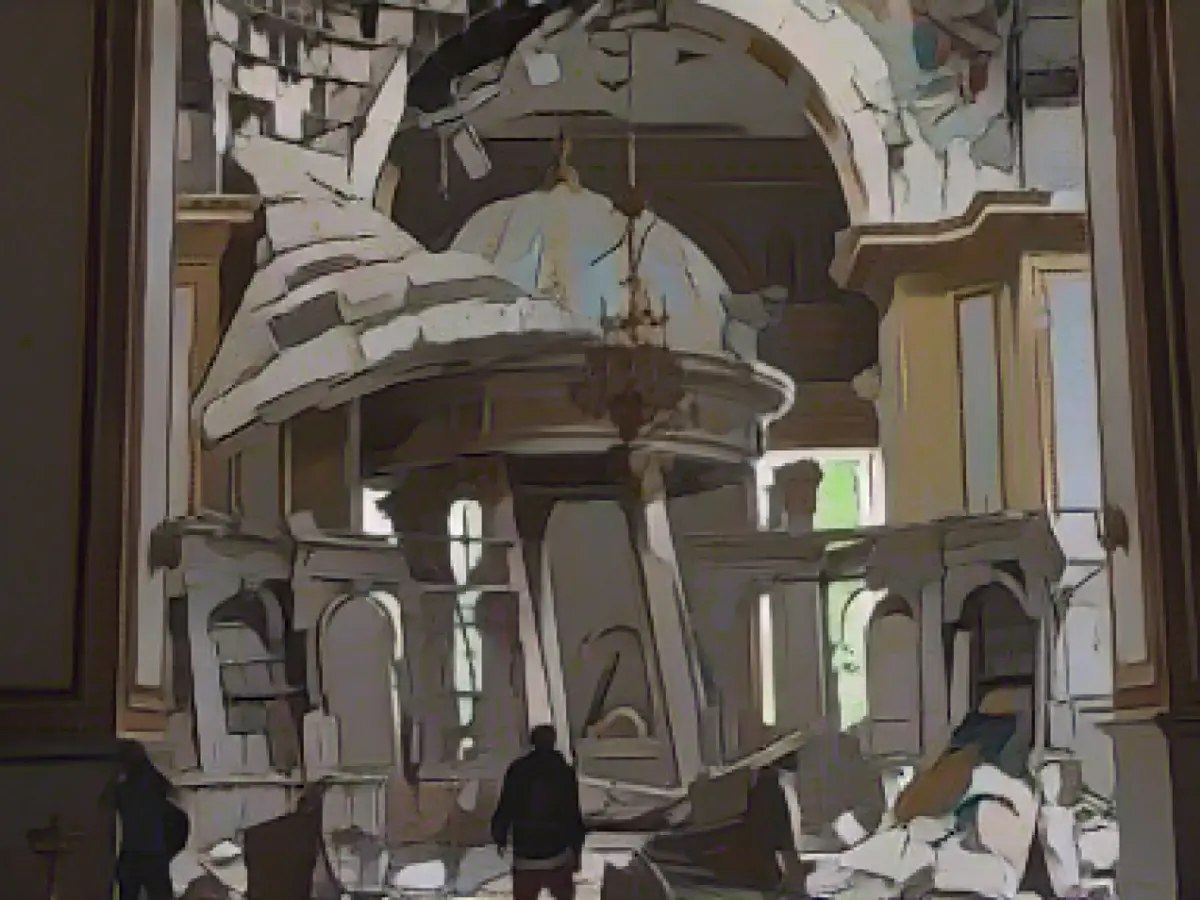Title: Preserving Ukraine's Cultural Legacy: Documenting Historical Buildings in the Face of War
The images of the devastated Transfiguration Cathedral in Odessa truly show the brutal force of the ongoing Russian war against Ukraine. This famed Orthodox cathedral is among the significant historical buildings being meticulously documented as part of a project led by researchers in Marburg and Hanover. As Christian Bracht, Director of the German Documentation Center for Art History (DDK) - Bildarchiv Foto Marburg, told German Press Agency, the destruction of such buildings strikes at the very heart of Ukraine’s cultural identity.
Since its inception, this project has collaborated with a team of scientists led by Ina Blümel from the Leibniz Information Center for Science and Technology (TIB) and 17 Ukrainian photographers. As a historical precedent, Bracht points out that culturally significant buildings have also been destroyed during previous conflicts, and photographers have been tasked with documenting their demise to maintain a historical record. This was the case during both World Wars, with the DDK itself fulfilling this role in countries such as Belgium, France, and the Baltic states on behalf of the German military administration.
The current situation in Ukraine has prompted the DDK to document around 250 potentially war-threatened buildings in cities such as Kiev, Odessa, Mykolaiv, and Zaporizhia. Having captured over 3,700 exterior and interior photos, it remains unknown exactly how many of these structures have fallen to the relentless conflict thus far. However, as there is no end in sight to the war, the loss of these historical landmarks continues to loom heavy.
Bracht emphasises the necessity of securing longer-term funding for this project, rather than the limited three-month average funding it has experienced thus far. The DDK has taken certain measures to protect the documented buildings from being used for military purposes, refusing to disclose identities for fear of inadvertent targeting. The documentation process is carried out under challenging conditions, with power cuts and communication interruptions posing significant obstacles. Images are captured digitally using specialized lenses, boasting a professional standard, before being stored in a secure database.
An open source software called Wikibase, developed by Blümel’s team at TIB’s Open Science Lab, serves as a central component of the project. It enables local citizens, activists, and photographers to contribute synergistically to the emergency documentation of buildings in the long term. The collected photographs and data will eventually be showcased in an online "national monument portal," allowing for the wider public to access and appreciate Ukraine's rich cultural heritage.
Parallel to these efforts, the Ukrainian architectural project Skeiron is working tirelessly to preserve and digitally document Ukraine’s architectural masterpieces. For instance, the neo-Gothic St. Nicholas Cathedral in Kiev and the monumental Cathedral of the Annunciation in Kharkiv are among the impressive digital replicas produced by the Skeiron team. These projects serve to safeguard Ukraine's architectural heritage and remind the world of the destructive impact of conflict on cultural heritage.
As the war continues to rage on, Ukraine's cultural heritage remains under unprecedented threat. Various organizations, including UNESCO, are working diligently to curate and compile documentation of at-risk artifacts. This extensive effort aims to ensure a strong cultural legacy for future generations, even as the nation continues its fight for freedom and independence.






